Last Updated on October 18, 2024 by teamobn
While many gardeners have ample time to enjoy their gardens during the day, there are others who get home from work after sundown. Then there are also those who enjoy hosting evening soirees, bringing family and friends for little get-togethers in the evenings.
Whatever your daily schedule, cultivating a moonlight garden is an excellent way to provide a beautiful and fragrant setting for your evenings this summer. If you create a moonlight garden close to your house, you might even dwell on the scent of evening blossoms before you drift to sleep.
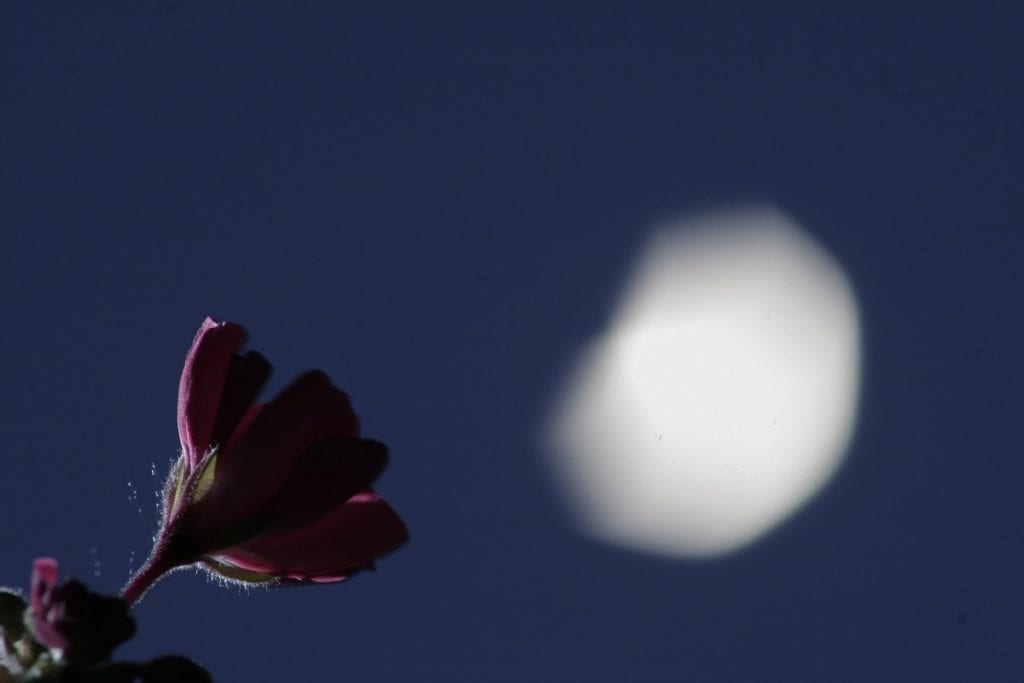
Tips for Creating a Moonlight Garden
Contents
Moonlight gardens are primarily about landscapes that intimate their colors, fragrances, and textures from dusk into the moonlight hours. Flowers in a moonlight garden can be open during the day, too, but they are best appreciated after darkness falls.
For
your late-evening entertaining, nighttime strolls, or outdoor suppers, try
these tips for a spectacular moonlight garden.
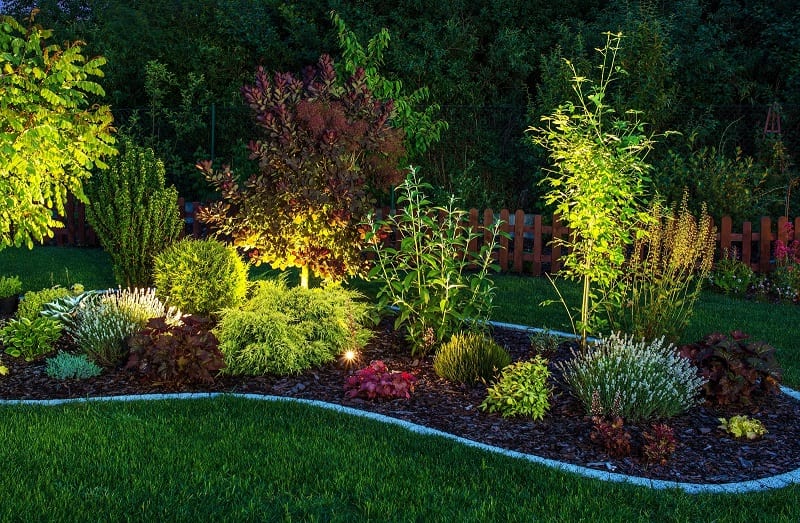
Selecting an Area for Evening Blooms
Pick
an open location that is drenched in moonbeam when the moon is out. The area
should be clear of deep shadows from big trees or structures like the house or
garage. This can be a separate corner devoted entirely to an evening garden, or
you might simply include evening elements in your existing landscape.
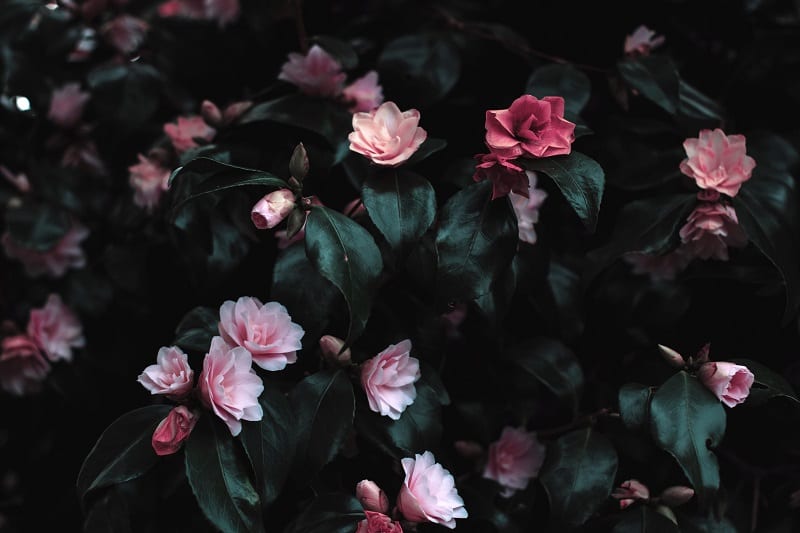
Choose light-colored flowers with silvery, gray, and multicolored foliage. White flowers reflect light well, so they will be visible in dim light and stand out in bright moonlight or the last rays of twilight. The same goes for paler shades of yellow, blue, or purple. Many popular flowers come in white or pale-hued varieties, including tulips, geraniums, zinnias, roses, and hydrangeas.
Clematis,
a climbing plant, blooms with masses of star-shaped, wide, white flowers late
in spring through early summer. In summer, honeysuckle and jasmine vines produce
slender, fragrant white flowers. Lilies, too, blossom in the summer – with tall,
straight stems and big, bright blooms.
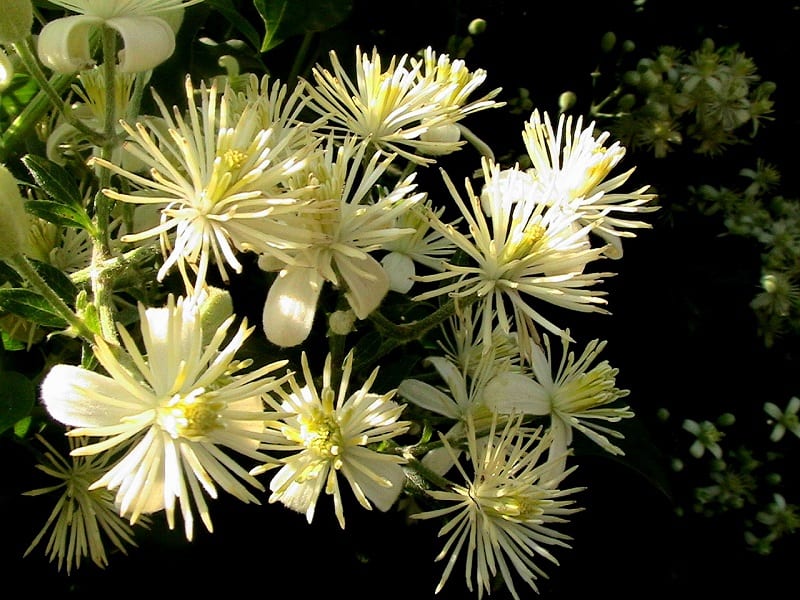
Using Foliage for Effect
White
or pale flowers stand out more prominently against a dark background of
foliage. This is why low-lying flowers such as night phlox are an excellent
complement to taller-stemmed flowers like lilies or climbing flowers like
jasmine. Both show up well against a
dark hedge or shrubbery.
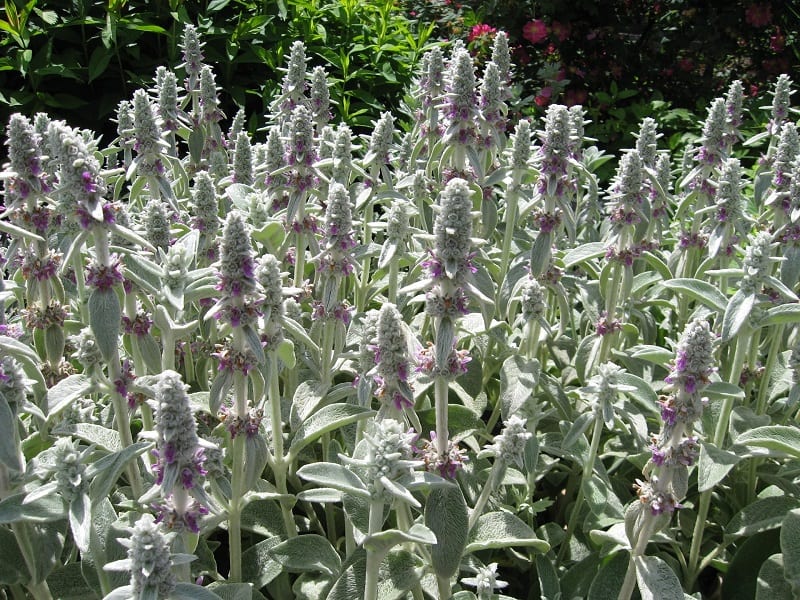
Of course, your moonlight garden’s foliage doesn’t have to be dim and dusky. Some leafy plants and grasses appear silvered with frost by day and shine in the moonlight. The silvery patina is brought on by thousands of tiny hairs on the surface of the leaves. These reflect sunlight and keep plants cool in the hot climates where they evolved.
Silver feather grass has feathery leaves with a frosted appearance. The big grass makes for good ground cover but also thrives in pots or hanging baskets. You can grow silver feather with flowering plants, allowing the bright blooms to stand out on moonlit evenings. Lamb’s ears, also called silver carpet, has thick silvery leaves that are soft to the touch. They make good border plants and ground cover, as well, says Kiona Smith-Strickland for Popular Mechanics.
Attracting Pollinators with Fragrance
Because flowers that bloom at night depend on nocturnal insects for pollination, they become more fragrant as dusk sets in. Some flowers, like four o’ clocks, bloom only at night.
These flowers open in the cool of the early evening, issuing a fragrance much like that of orange blossoms. The blooms will wane in the morning, but the plants will yield a fresh crop of flowers each evening throughout the summer. The colors are often brilliant variations of purple, yellow, pink, and white.
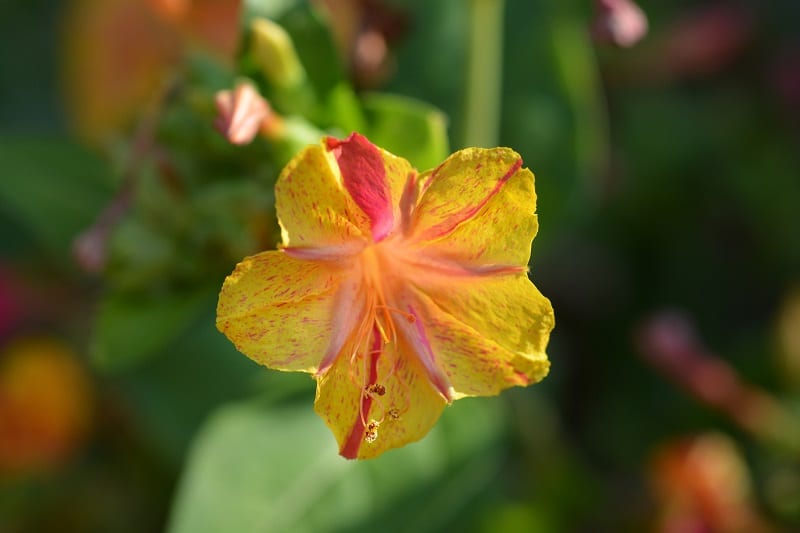

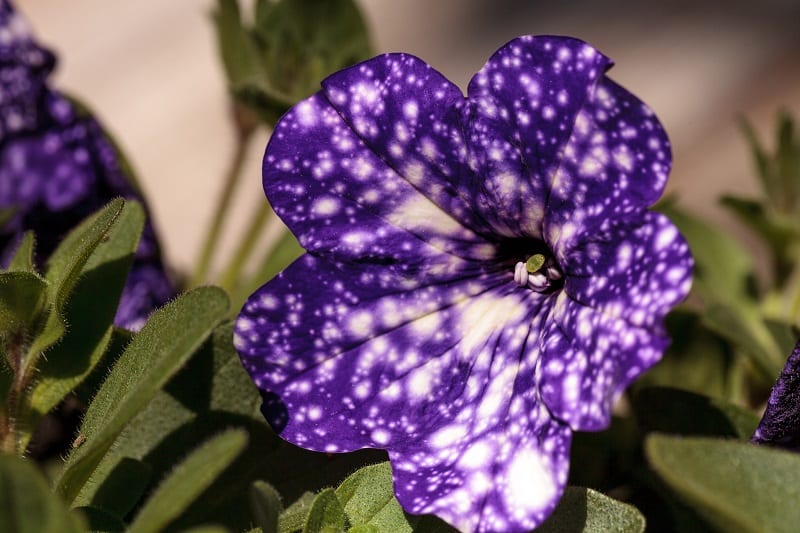



The night phlox blooms in the evening, as well. The blossoms are red on the outside, bright white on the inside. Evening primrose produces tall stalks of cup-shaped yellow flowers that open in the early evening, exuding a sweet scent. White campion and night-scented stock are also night-time bloomers.
There are plants that bloom around the clock but get more fragrant at night. The summersweet is a tall shrub that produces white flowers that are more fragrant in the evening. Petunias – a mainstay in spring and summer flowerbeds and hanging baskets – smell best at around midnight. The same is true of Japanese wisteria, a climbing plant with elegant hanging flowers; and jasmine, lilies, and honeysuckle.
Ornaments, Arbors, and Lighting
When creating a moonlight garden, the choice of ornaments and structures plays a crucial role in shaping the landscape’s nighttime beauty. Elements like light-colored paving stones, garden benches, arbors, and statues reflect and complement the moon’s soft glow, helping to define pathways and focal points.
Incorporating these hardscape elements with light tones, such as white or pale gray, enhances the garden’s aesthetic by making the space visible and inviting under the moonlight. For example, a white arbor draped with night-blooming jasmine creates a stunning silhouette, while a light-colored stone bench offers a place to relax and enjoy the tranquil atmosphere.
In addition to hardscaping, lighting is essential for setting the right mood in a moonlight garden. While the moon itself provides natural illumination, strategically placed soft outdoor lighting can enhance this effect, casting gentle shadows and highlighting key features.
It’s best to avoid bright, harsh lighting, as it can overpower the moon’s natural glow and diminish the serene atmosphere you’re aiming for. Instead, opt for low-intensity lights, such as solar-powered LED lights, fairy lights, or lanterns that give off a warm, ambient glow. These lights can be placed along garden paths, around seating areas, or near plants to draw attention to the textures and forms that thrive in the moonlight.
Arbors, trellises, or pergolas can also be adorned with subtle string lights to enhance the ethereal effect of a moonlight garden. These structures create vertical interest and can frame key areas of the garden, offering a sense of enclosure and intimacy without disrupting the natural beauty of the nighttime setting. Moreover, adding reflective ornaments such as metal sculptures or water features can further amplify the moonlight, creating shimmering effects that dance across the garden.
By thoughtfully incorporating these elements, your moonlight garden will be transformed into a soothing retreat that invites relaxation and reflection. This blend of soft lighting, carefully chosen ornaments, and light-colored structures can create an enchanting space that comes alive after dark, offering a magical experience under the stars.
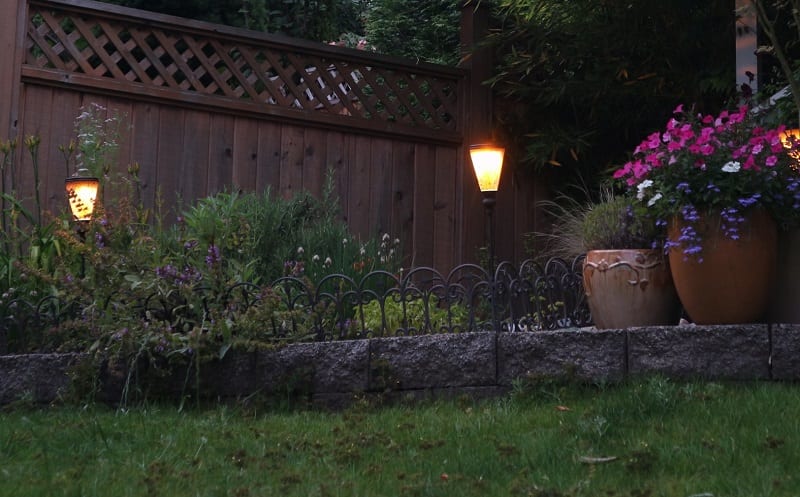
A Night and Day Garden
Even if you plan to enjoy your garden mostly in the evenings, you can design the area to look good by day, too. A garden full of pale flowers might look uninteresting in the daytime, so consider adding gurgles of deeper, richer daytime colors to enjoy when the sun is up. You could also consider mingling your evening flowers and day blooms.
For a sleeker, more organized look, use white flowers or silver-leafed foliage to edge a flowerbed. You can also arrange shorter plants like petunias or phlox in front of taller flowers like lilies, or use a trellis brimming with jasmine to frame a colorful daytime flowerbed. The result will be striking in any light – but will look even better after dark.
Incorporating Reflective Surfaces
Adding reflective surfaces like ponds, birdbaths, or mirrors can greatly enhance the visual impact of a moonlight garden. These surfaces capture and magnify the moon’s soft glow, creating shimmering reflections that add depth and beauty to your space. A well-placed mirror, for example, can make a small garden appear larger by reflecting light and foliage.
This reflective effect works particularly well when combined with silver-leafed plants such as lamb’s ear, which already catch the moonlight. Similarly, a still pond can act as a natural mirror, doubling the beauty of surrounding plants and the night sky. By incorporating these reflective surfaces, you turn your moonlight garden into an ethereal experience where light and shadow interplay, offering a dynamic visual appeal even in the darkest hours.
Adding Water Features
Water features provide a visual focal point and enhance the sensory experience of your moonlight garden. A still pond reflects the moon’s light, producing a glass-like surface that mirrors the night sky and surrounding plants, creating a sense of tranquility. A bubbling fountain introduces soft, soothing sounds for a more dynamic effect, contributing to the garden’s peaceful ambiance.
The gentle trickle of water can mask background noise and help visitors immerse themselves in the serenity of the environment. In addition to their aesthetic and auditory appeal, water features can also serve as habitats for nocturnal creatures like frogs or attract night-flying moths, further enriching the nighttime ecosystem. A well-designed fountain or pond ensures that your moonlight garden appeals to all the senses, transforming it into a multi-dimensional retreat.
Fragrant Plants
A moonlight garden provides an amazing visual experience and delights the senses with the scent of plants that bloom at night. Your garden will smell even better at night because certain flowers and plants release their richest scents then. The typical choice for a moonlight garden are moonflowers, with their large, white blooms.
These blooms open up at night and exude a soft, pleasant scent that clings to the air, making them ideal for moonlit strolls. Night phlox is another excellent option; its small white blossoms have a vanilla or honey scent. Evening primrose, which is distinguished by its yellow, cup-shaped petals, blooms in the early evening and has a sweet, somewhat spicy scent.
Fragrant herbs like thyme, lavender, and rosemary are ideal for a moonlight garden in addition to flowers. The moonlight bounces off the silvery foliage of lavender, and as night falls, the aroma of this calming plant becomes stronger. Thyme releases a delightful perfume that fills the garden when brushed across, while rosemary adds a fresh, woodsy scent. These herbs provide the garden texture and visual interest in addition to their excellent scent. Situated near pathways or seating sections, these aromatic plants offer a multisensory experience that amplifies the allure of your moonlight garden.

Nocturnal Wildlife
In addition to being a peaceful haven at night, a moonlight garden serves as a warm and inviting home for nocturnal creatures. Numerous flowers that bloom at night have evolved specifically to draw in nocturnal pollinator species like moths, bats, and other critters that flourish after dark. Moths are particularly drawn to the vibrant colors enticing moonflowers, and evening primrose aromas. Because they are essential pollinators, these insects will keep your garden blooming year after year.
Bats, often misunderstood, play an essential role in controlling insect populations. By planting night-scented blooms, you naturally invite these creatures to your moonlight garden, helping to maintain ecological balance. Wildlife adds another layer of interest and life to the garden, turning it into a lively and dynamic environment at night. In addition, by encouraging nocturnal wildlife, your moonlight garden becomes a small haven for biodiversity, contributing to the health of your local ecosystem.
Conclusion
A moonlight garden transforms your outdoor space into a serene, sensory-rich retreat, where fragrant plants, reflective surfaces, and soft lighting work together to create a magical nighttime experience. The garden not only enchants with its beauty but also supports nocturnal wildlife, adding life and movement to the space. By carefully selecting elements that thrive under the moon, you can create a tranquil environment that is both visually stunning and ecologically beneficial.
We have more incredible landscaping projects. Check out our guide on landscaping with rocks!








